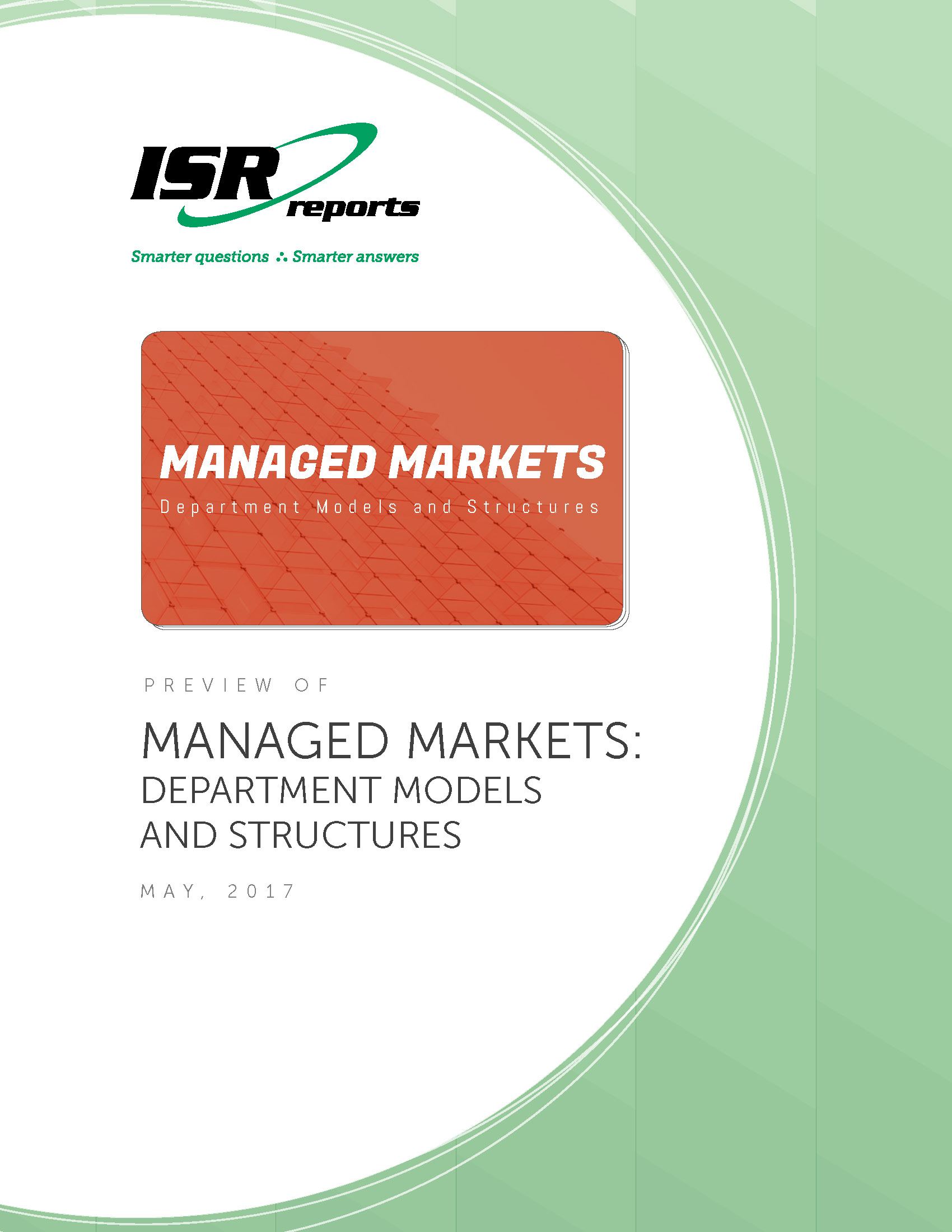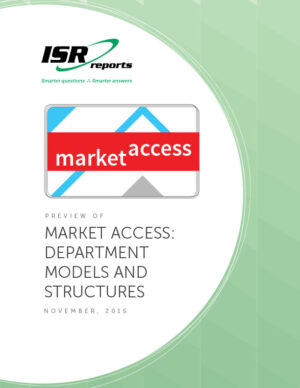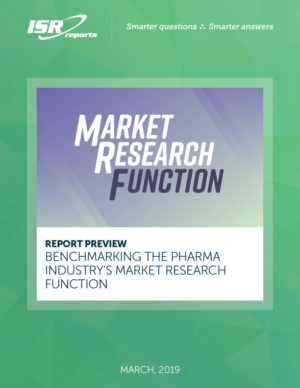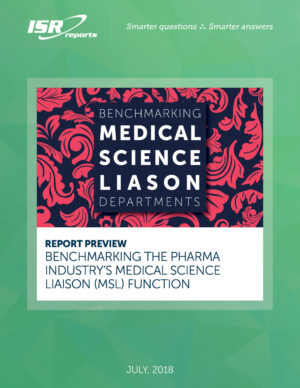Managed Markets: Department Models and Structures
$3,960.00 – $7,920.00
May 2017
Licensing Options
- SINGLE-USER LICENSE
A Single-User License allows access to an individual user.
- ENTERPRISE-WIDE LICENSE
An Enterprise-Wide License allows access to all employees and sites within an organization.
Report Overview
While the practice of managed markets (MM) has been around for decades, in-depth understanding of the drivers, key challenges, and organizational structures that are characteristic of the average MM function elude many. Recognizing the likelihood for variance in how market access issues emerge at different organizations, ISR conducted interviews with a cross-section of executive, director, and managerial level MM professionals from large, mid-size, and small pharmaceutical and biotech companies to gain a better understanding of managed markets departments, how they work, and the challenges they face.
How you can use this report:
- Determine where your company’s approach to the managed markets function may be different from a typical industry approach and the benefits and drawbacks that may result.
- Gather information on managed markets structures employed by other organizations to provide a new perspective from which to consider your managed markets alignment.
- Learn about common industry approaches to practices such as outsourcing and effectiveness measures within managed markets.
Major Topics:
- Main goals and priorities of the managed markets function
- Structure of MM departments within organizations
- Main challenges faced by MM departments and the potential solutions
- How MM department funding is sourced
- What the future of MM will look like in 5 years





